Samuel Kay Forrest’s compelling docudrama, ORANGO touches on universal themes of love, freedom and identity. Its vibrant subjects draw you into their world and touch your heart. It’s a film that should not be missed. We caught up with Samuel in Los Angeles to ask him about the project.
Hey, Sam, your film grabs the viewer immediately with its stunning cinematography. Who shot it for you and how did you manage to make it look this good on a relatively low budget?
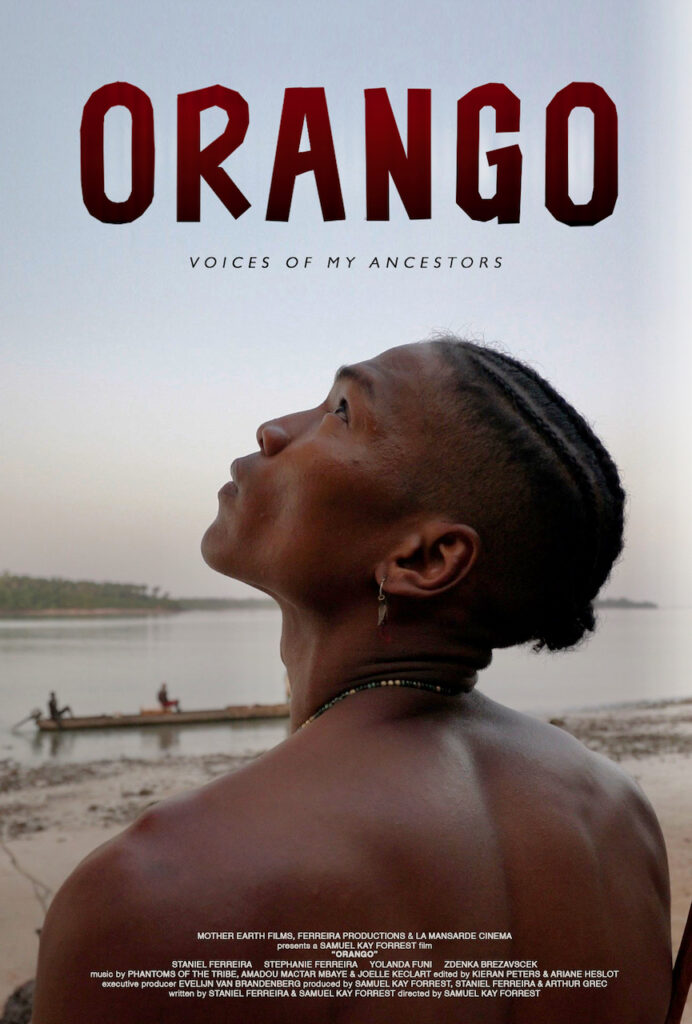
I was the cinematographer on this project, which makes it much easier to capture what’s needed for the story. The style of the film is a blend of cinema verite and fiction, which lets the shoot come together with a lot of spontaneity. There’s a freedom as the director when you operate the camera yourself. We used Sony cameras with zeiss lenses and old film lenses, which made it plausible to shoot with a low budget. This is now my second feature film shot with a similar camera and lenses. I prefer using them because they are great with natural and low light.
Where did the idea to make this film come from and how did you get involved?
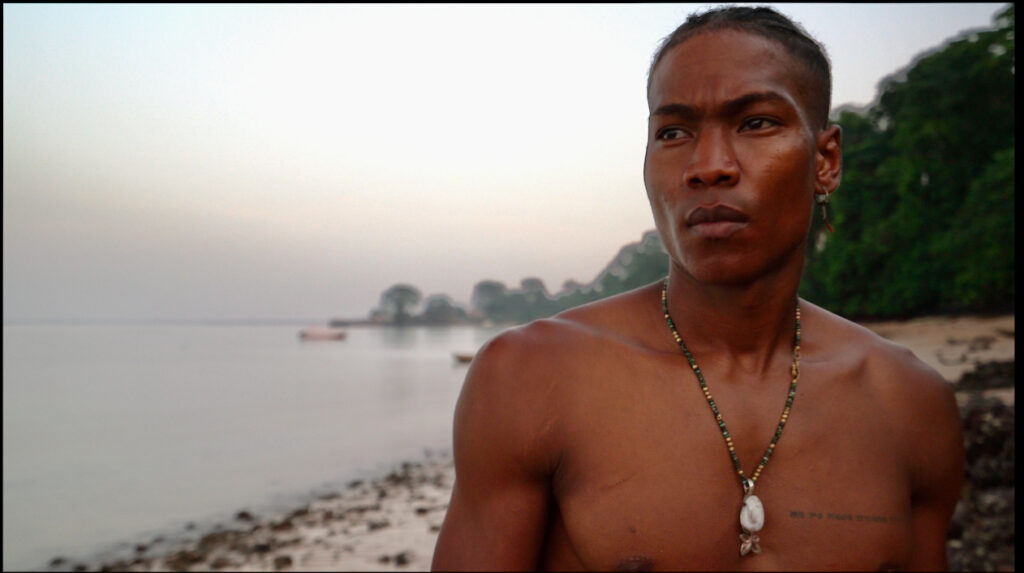
A good friend and co-creator, Staniel Ferreira came to me with the idea over dinner in Berlin. We had just finished shooting a short film together called Invisible Borders about refugees reuniting, which was touring festivals. He approached me with this very personal story that was based on his life. I immediately was inspired by the bravery and authenticity of the story and we started planning the shoot. Later that week we started writing the outline of what the heart of the story would be and the protagonist’s journey.
Most of it seems ad-libbed. Was there a script, other than the narration throughout the film?
There was a script before we started shooting but it was a loose one. We did outline the narration and the basic structure prior to shooting. The dialogue in the film was guided by Staniel and improvised within the construct of the scene objectives, which we spoke about constantly throughout the film process. Since the film was in English, Portuguese, Portuguese Creole, and Bijagos it was important to let all the characters speak from the heart and in their own language.
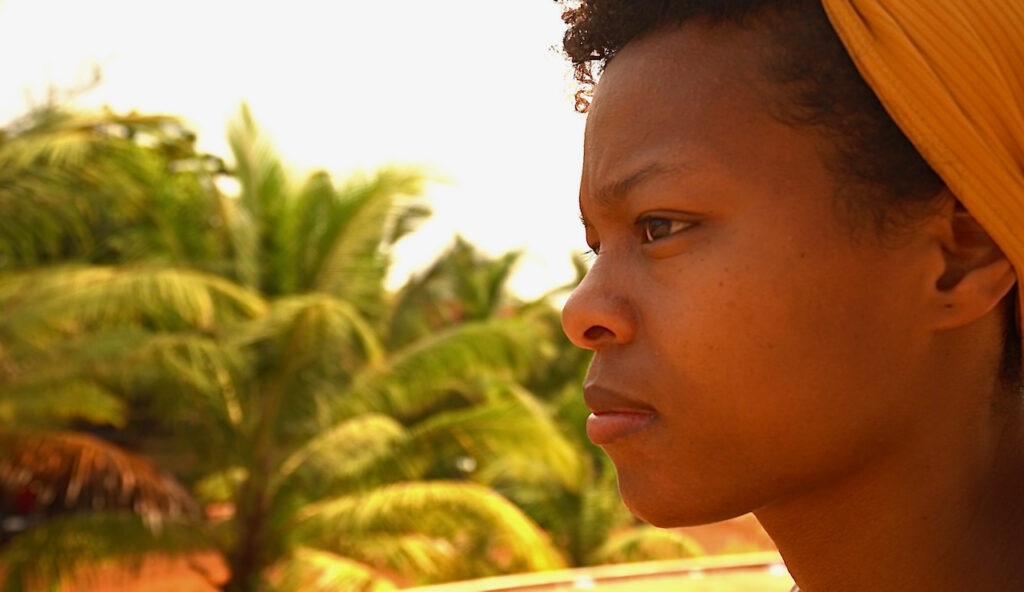
How did you find and connect with your leads?
Staniel is a dear friend as I mentioned before and we have worked together several times in Berlin and Hamburg throughout the pandemic. As for his sister Stephanie Ferreira and the rest of the cast it was an amazing experience and collaboration during the filming process. I really enjoyed getting to know everyone on a more personal level, especially the aunt in the film who comes from the Island of Orango, also known as the land of the Queens, where the women are the leaders. We all became very close throughout the shoot in Guinea-Bissau and Berlin. It was a beautiful and life changing experience.
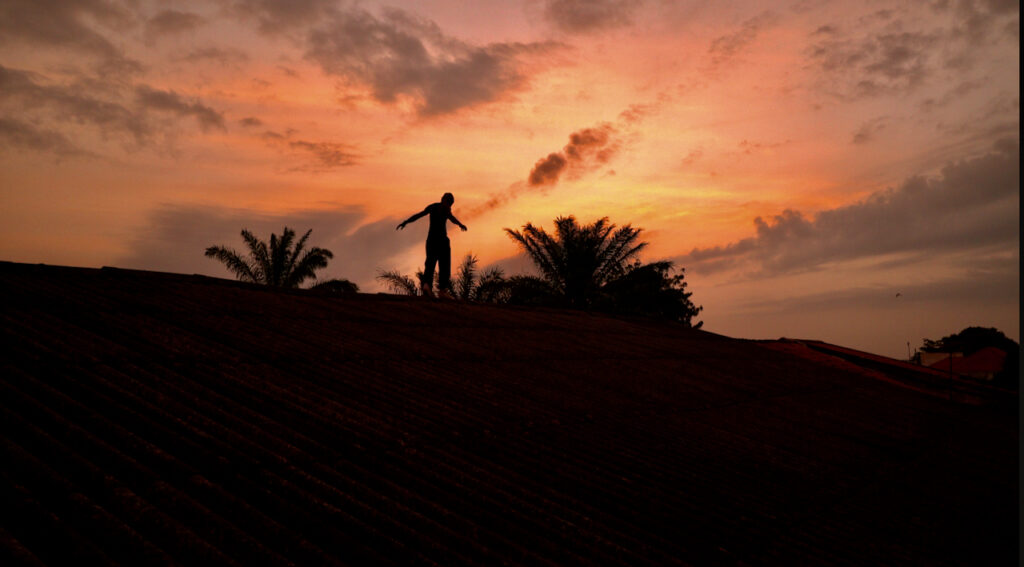
How long did you shoot for and what was that like? Did you have any major obstacles to overcome shooting in a foreign land?
We shot for 14 days in Guinea-Bissau, West Africa, 3 days in Berlin, Germany, and 2 days in Rio de Janeiro, Brazil. So in total the shoot was 19 days. There were some obstacles as with every shoot but on this film the obstacles were finding the right locations and the constant traveling. There was one day in particular towards the end of the shoot that we had to film a boat scene heading to the islands of Orango. Though there was a heavy storm the night before, when we awakened in the morning the water level was dangerously high and the winds so strong, we had to decide if we should take the risk and go because it was our last day of shooting on the islands. We worried at first because the current has drowned many fishermen and locals who work in these waters. The Bijagos Islands are the furthest islands off the coast of West Africa in the Atlantic Ocean, so when there is a storm people go missing because they’re so far from the mainland. In the end, we decided to go for it. As we set out across the water to Orango the sun suddenly appeared and the seas became calm.
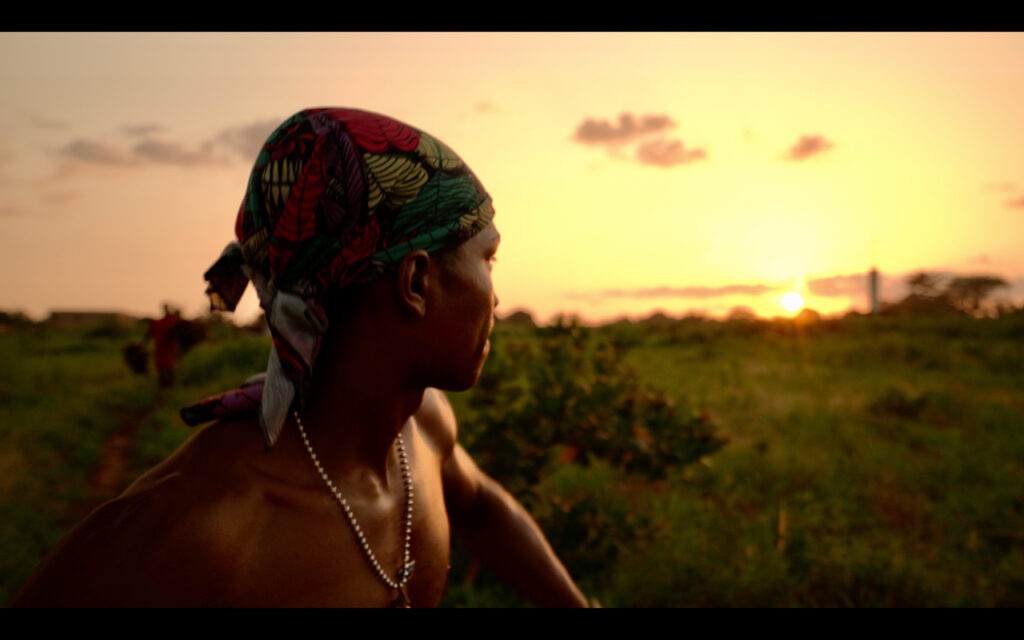
You become “a fly on the wall” and capture some intense family scenes. How did you convince your subjects in Africa to allow you into their world?
Well, my co-creator and collaborator Staniel was from the communities we were shooting in and we cast most of his family and friends in the film. Everyone was willing to help us shoot the film and be part of it because they all love Staniel and Stepahnie. Everyone knew they could trust us since Staniel’s company, Ferreira Inc. was creating the project and they all loved the story we were tellinh. When you’re a friend of someone who is from Guinea Bissau, you are treated as part of the family and welcomed in the communities.
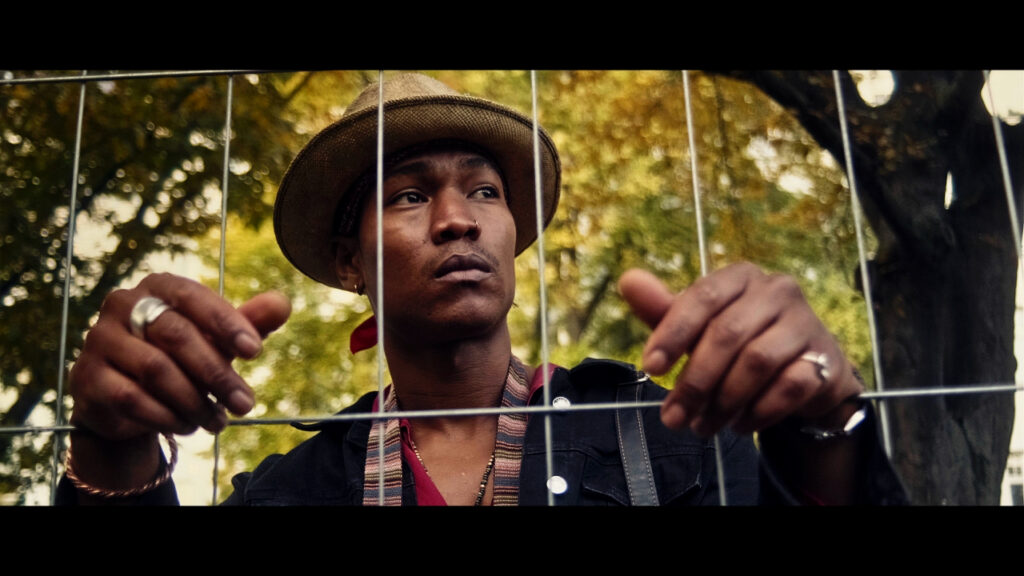
What is the message you are trying to convey with this project?
I prefer the audience to decide for themself the message of the film. I just wanted to convey some truth about a young man’s story of returning back to his roots to confront his trauma and to become a leader in his community.
What are the release plans for the film and where can people see it?
The film is being released through Castle Matrix distribution. We will have a limited theatrical release in some major cities like New York, Los Angeles, London, Paris, and Berlin before heading to streaming services worldwide.
Thanks for chatting with us.




